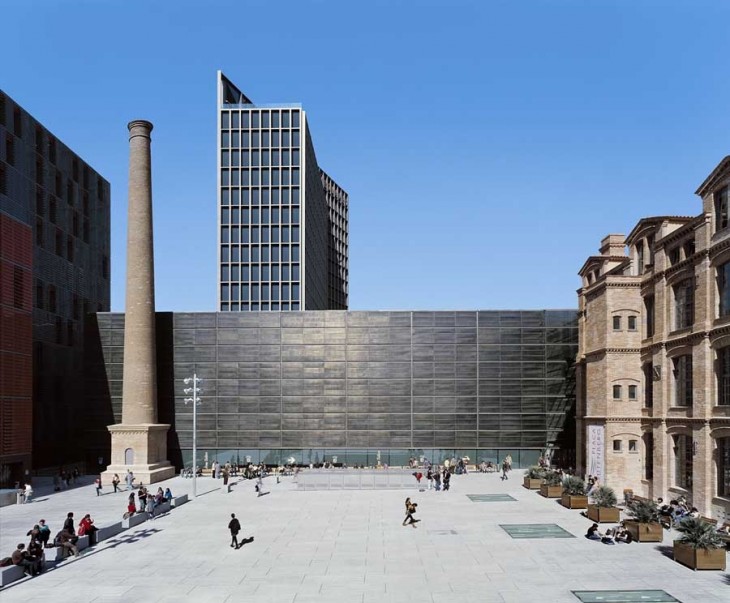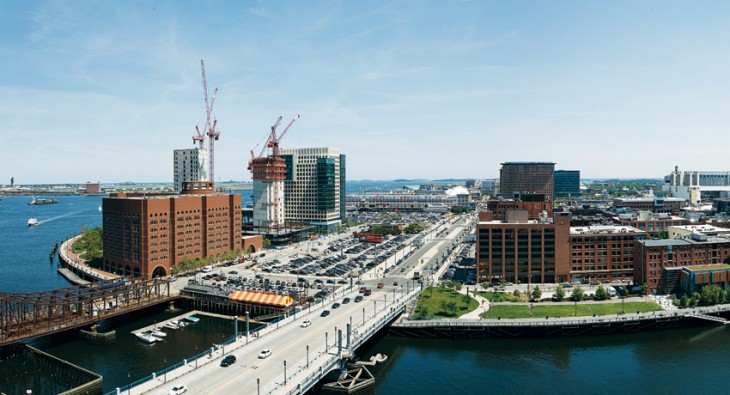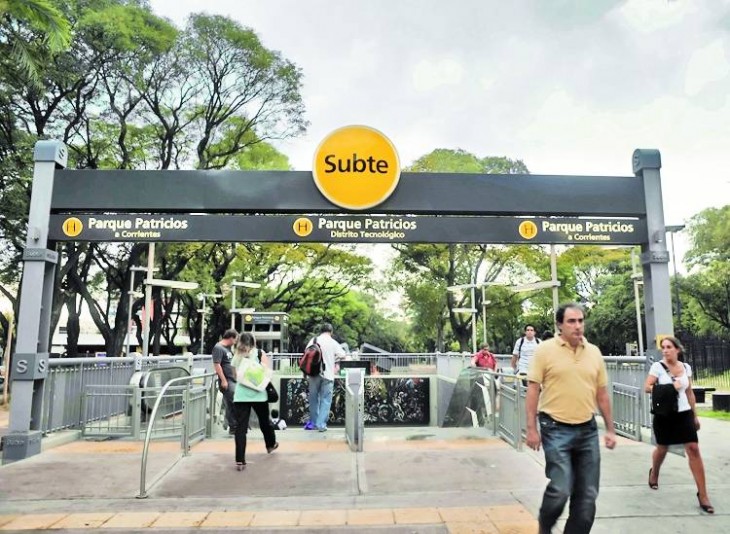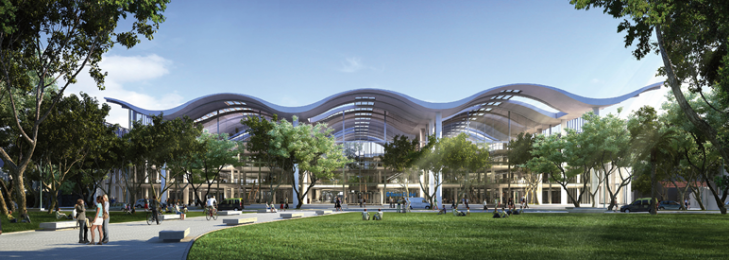Innovation Districts
Cities play a protagonist role in the development of national economies. At the same time, economies can shape the urban development patterns.
This analysis aims to demonstrate how a political decision, through an economic incentive, can make a degraded area in a city, grow rapidly. Numerous examples from cities around the world, show how giving economic benefits to the public or private sectors influence firms to locate their businesses in determined areas. This method has been used in many cases to promote the growth of certain abandoned, unsafe areas or even areas invaded by drug trafficking.
It has been a constant in history that even the most traditional neighbourhoods in the development of a city can at some point became devalued. And there are countless reasons why this happens. But all of these reasons have to do with the changes that a city suffers, how it adapts to new technologies, social economical and cultural changes, or even to climate change.
In many cases, there have been neighbourhoods with particular roles that because of economical reasons have become abandoned. For instance, the most relevant cases are the ones involving industrial areas. Industries are usually located in a city’s periferia, but when the city expands, this area may not longer be economically sustainable for industries to survive. It may become more central due to the cities expansion and thus more expensive since the price per square meter could become higher. This, accompanied by government’s sloth and unwillingness to support firms may result in industries shifting to cheaper regions and the area becoming abandoned.
When an industrial area becomes abandoned, the direct consequences are that it becomes an unproductive and inhabited area with big abandoned warehouses. The lack of investments as well as activity produce a vicious circle where security and living conditions become worse. This situation can even lead to the appearance of illegal activities as well as social segregation.
Regarding the characteristics of a neighbourhood, the renovated district can be designed for different themes such as technology, art, industry, amongst others. This characteristics have to do with the location of the neighbourhood but more importantly the shape of the existing buildings.
But why are innovation districts created?
It is a method that government in cooperation with urban planners use to stimulate the economic growth in particular areas of a city, giving it a defined role, taking advantage and developing a distinct aspect that is not currently exploited in the city.
The main incentives are tax benefits, the development and construction of urban infrastructure in the given area, as well as, improving the public transport connectivity of the area. This incentives attract national and international firms to locate their business in that particular sector in the city.
One of the most significant case studies in the world is Barcelona’s neighbourhood Poblenou. This urban plan, which was approved in the year 2000, aims to develop this sector to become the city’s technological and innovation district as well as stimulating the appearance of recreation and residential spaces. It is clear that the existing situation nowadays has changed substantially and also that it is in continuous process. It is estimated that the project will generate more than 4 million square meters of constructed space, not only for productive activities but also for housing and services.

In the image above, it is easy to appreciate the juxtaposition between the industrial legacy of Poblenou’s past with the modern and contemporary buildings. Another appropriate example is our university IAAC’s building located in Poblenou. It is easily identified that its building was recycled from an industrial past and remodeled to harbor an educational program.
Another significant case study is Boston’s Seaport Innovation District. This plan started in the year 2010, inspired by Pobenou’s success. The main idea of the plan was to redevelop the abandoned seaport area into a hub for information age, encouraging innovation, collaboration and entrepreneurship. As with every urban plan well developed, the correct public transport was projected to allow people to reach the area. The proposal promotes research, sustainable growth and shared innovation. The image below pictures a sector in boston’s seaport district.

In the case of Buenos Aires City, the government started in 2008 a new project that aimed to accomplish a new technological district in a neighbourhood called Parque Patricios. This neighbourhood is located on the south part of Buenos Aires City. It represents a historically emblematic neighbourhood with a pronounced industrial background which has been seriously deteriorated over time. Also, the neighbourhood had been dealing with increasing drug trafficking due to the inhabited areas, which is known to be a violence and crime attractor.

The main desire of the plan was to increase the country’s technology industry but at the same time to develop a space where national and international companies can coexist. To generate working spaces as well as leisure and living spaces. All this, in this particular area that needed that push to start developing again. In this intervention, the private sector, governments, educational institutions and non-governmental organizations (NGOs) were involved. Other objectives were social inclusion of certain sectors of the population and urban revitalization.
The means to position this area as a technological district, and make firms to build their headquarters in the area, was to give economical incentives for the firms that decided to build in this new area.
The government’s incentives in this particular case included numerous tax benefits:
- Exemption from taxes and ABL Gross Income for 15 years for domestic companies and 10 for international.
- Exemption from stamp duty.
- Exemption for 10 years, the right of delineation and construction.
- Subsidies for obtaining quality certifications in the district.
- Preferential credit lines from the bank ‘Banco Ciudad’.
- To accompany these economical measures, the government realized infrastructure works to be able to receive not only the new buildings but also the increasing amount of people living in the area. One metro line was created to improve the connectivity, bike lanes were created to promote sustainable transport and also the neighbourhood was equipped with urban furniture.

Moreover, prestigious architect Norman Foster was called to design the main headquarters for the government’s offices which was projected in the center of the neighbourhood. As expected, this was not any building that was being guilt, but instead became an architectural landmark in the city.

Nowadays, the current situation of the neighbourhood is continuously improving. Before the urban plan was designed, Parque Patricios was completely abandoned and forgotten not only by people but also by authorities. Since the planning started, the neighbourhood has been growing not only socially but also economically. The creation of the district accentuated the sense of belonging of people leaving in the neighbourhood and generated a social identity.
As a conclusion, I would say, that this analysis made me realise how influential the economy is over the development of a city. The three examples given prove that with the correct use of economic resources accompanied with studied measures, societies can rapidly give value to the most devalued or segregated sectors in a city. Also, it is crucial to highlight the importance of choosing one specific topic to an innovative district given that the synergy is what leads to a rapid and more efficient growth.
Bibliography
Case Studies:
Parque Patricios Technological district:
http://www.buenosaires.gob.ar/distritoseconomicos/distritotecnologico/distrito-tecnologico
http://www.clarin.com/ciudades/Parque-Patricios-transforma-radicaron-empresas_0_989301167.html
http://www.iprofesional.com/notas/186131-El-distrito-tecnolgico-ya-sum-a-casi-200-empresas-y-destacan-el-potencial-de-suba-del-metro-cuadrado
http://www.buenosaires.gob.ar/distritoseconomicos/distritotecnologico/distrito-tecnologico
Boston’s Innovation District:
http://www.innovationdistrict.org/about-2/
http://www.innovationsquareboston.com/
http://www.bloomberg.com/bw/articles/2012-03-21/bostons-so-called-innovation-district-eagerly-awaits-more-innovators
Poblenou Innovation District:
https://en.wikipedia.org/wiki/22@
General Information:
http://newurbandesigner.com/2010/10/top-20-urban-planning-successes-of-all-time/
http://pcparch.com/pcpa_assets/2012/01/clarke_urban_regeneration.pdf
http://www.aia.org/aiaucmp/groups/aia/documents/pdf/aiab100106.pdf
https://en.wikipedia.org/wiki/Innovation_district
http://www.adamarchitecture.com/images/PDFs/RA-Globalisation.pdf